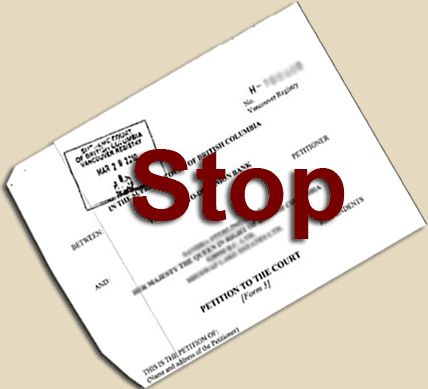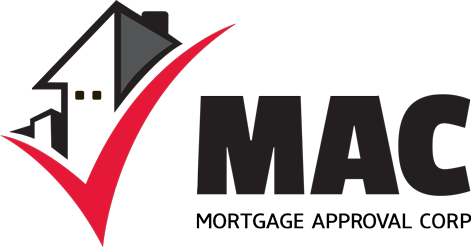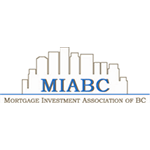Foreclosure Process in BC – All You Need to Know!
 The foreclosure process in British Columbia is judicial and presided over by the Supreme Court of British Columbia. This means that nothing about the foreclosure process can proceed without the approval of the court. The term foreclosure means to take away a defaulted borrower’s right to redeem a mortgage on a property. In a sense, a foreclosure is like a divorce. It removes the borrower’s right to anything involving the property.
The foreclosure process in British Columbia is judicial and presided over by the Supreme Court of British Columbia. This means that nothing about the foreclosure process can proceed without the approval of the court. The term foreclosure means to take away a defaulted borrower’s right to redeem a mortgage on a property. In a sense, a foreclosure is like a divorce. It removes the borrower’s right to anything involving the property.
What Begins the Foreclosure Process in BC?
The initial trigger for foreclosure is when the borrow stops paying their mortgage. After at least a couple of missed payments, the bank will start getting concerned and send out phone calls and letters to the borrower. If the borrower continues to miss payments and not respond, eventually the bank will send out a notice that they must pay the missed payment balance or foreclosure will start. In some cases, this might be in as short a time as three months, but in other cases it might take longer. If the borrower still has no response, then the bank will hire a lawyer and another letter will go out demanding the balance of missed payments or the entire loan balance. This letter is likely to contain a deadline for when foreclosure will start.
What Happens Next in Foreclosure Home Loans?
After the borrower misses this deadline, the bank’s lawyer will file a foreclosure petition with the court. A copy of the petition will be sent to all interested parties in the mortgage, from the primary borrower to tenants and secondary lien holders. At that point, the borrower will need to file a response. In a month or so, the first court hearing is scheduled and the judge will usually give an Order Nisi, which gives the borrower a chance to redeem the mortgage. This might be around six months, or it might be less at the bank’s request. A total amount is given to the borrower that must be paid in order to redeem the mortgage. If the borrower does not pay, then the lender has the option of putting the property up for sale or obtaining from the court an Absolute Order of Foreclosure. If this petition is granted, then the borrower loses their house and the bank may not come after them for any deficient amount. This is usually used when the property value is equal to or less than the amount owed. In the case of a sale, if a deficiency remains, then the lender can come after the borrower for the rest.
Can the Foreclosure Process Be Stopped?
The process can be stopped, but it’s in the borrower’s best interests to do it quickly, whether that means responding to the bank’s initial letters or during the redemption period granted by the court. The longer it goes, the more cost and interest will build up. If a borrower believes the bank is treating them unfairly, then they can procure legal assistance, but otherwise it is important to find a solution and stop the process. Another possibility is getting a bailout loan. This requires decent credit, income and property value. A borrower who is very far behind in their payments, has low income and low property value is not likely to find this a realistic solution. However, if a borrower believes they might be able to refinance their home, it’s better to try, rather than find out too late.
The key for any borrower faced with foreclosure is to explore every option. The borrower should not assume their house cannot be saved and most of the time, the banks are willing to work for a solution, as proceeding with foreclosure costs considerable time and money.





